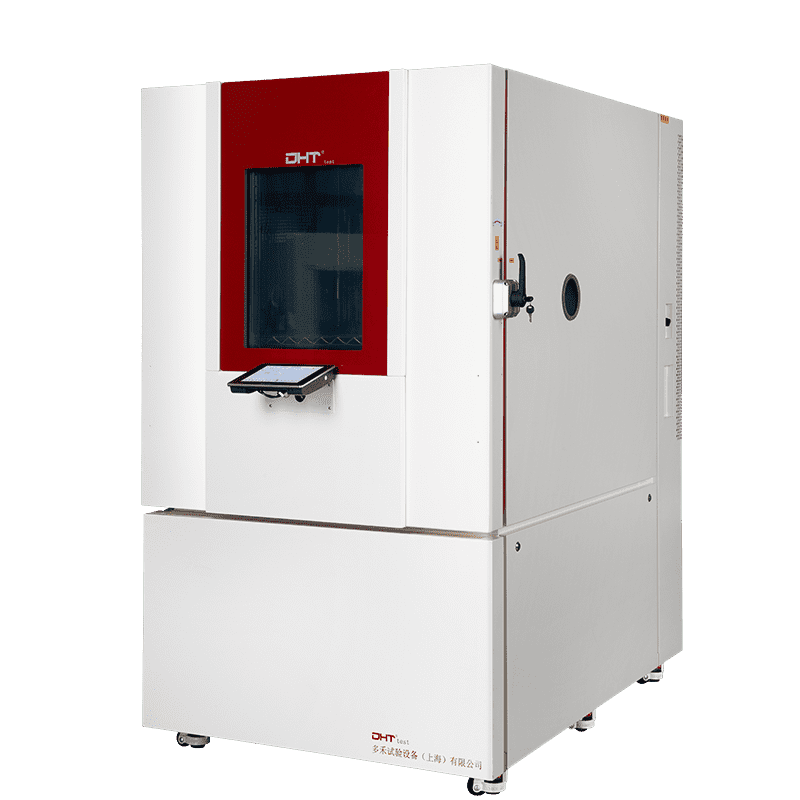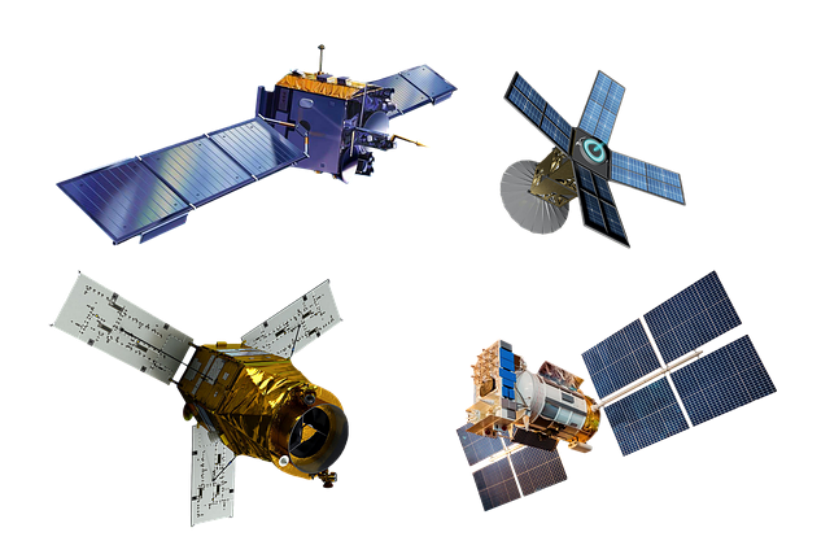Why Are Vacuum Test Chambers Essential for Aerospace and Semiconductor Applications?
-
Aerospace: Validating for Orbit and Beyond
-
Semiconductor: Reliability Through Controlled Atmosphere
Key Technical Specifications to Consider
1. Ultimate Vacuum Level
-
Aerospace applications typically require ultra-high vacuum capabilities, ranging from 10⁻³ Pa to 10⁻⁶ Pa.
-
Semiconductor packaging and leak testing generally fall within 10⁻¹ Pa to 10⁻³ Pa.
Note: Vacuum levels depend on the pumping system (e.g., rotary vane, dry scroll, turbomolecular pumps) and the sealing integrity of the system. Always match your chamber’s vacuum capability to your application demands.
2. Temperature Control Range
-
Common range: –70°C to +180°C.
-
For aerospace TVAC testing, consider a chamber with heating/cooling plates to simulate solar exposure and eclipse conditions.
-
Temperature stability should be within ±1°C, with verifiable uniformity across the chamber.
3. Chamber Volume and Material
-
Select a chamber size based on your test specimen dimensions; capacities usually range from 50L to over 1000L.
-
The internal liner should be made of 304 or 316 stainless steel to resist corrosion and withstand pressure differentials.
-
Structural strength should be validated through finite element analysis to prevent deformation or leakage during extended cycles.
4. Vacuum Pump System Configuration
-
A reliable setup includes: primary pump + high vacuum pump (turbomolecular or diffusion) + back-pressure control valve.
-
Optional features like N₂ backfill systems can ensure safe pressure equalization post-test.
-
Integrated features such as pump interlock, overload protection, and vacuum leak detection increase system reliability.
Compliance with Testing Standards
-
Aerospace: MIL-STD-810G, ECSS-Q-ST-70-04C, NASA GEVS
-
Semiconductor: JEDEC JESD22-A103 / A113, IPC/SMEMA, ASTM E595
Tip: Prioritize equipment that has third-party certifications such as CE, RoHS, or ISO 17025 for quality assurance.
Safe Operation and Preventive Maintenance
-
Pump Maintenance: Regular oil replacement for rotary pumps, and cooling system checks for dry pumps are essential to maintain performance.
-
Seal Integrity: Check gaskets and seals frequently to prevent micro-leaks that could degrade vacuum quality and test accuracy.
-
Chamber Cleanliness: Outgassed residues from materials can accumulate and contaminate test environments. Routine cleaning extends service life and maintains test integrity.
-
Data Management: Choose systems with USB export or remote monitoring capabilities to simplify data logging and traceability.
-
Training & Support: Work with vendors who offer hands-on training and responsive after-sales service to minimize downtime and prevent user error.
Conclusion
FAQ
What Are Vacuum Test Chambers Used For in Aerospace and Semiconductor Industries?
In aerospace, vacuum test chambers simulate deep-space or high-altitude vacuum environments to validate material outgassing, seal integrity, and thermal-vacuum cycling (TVAC). In semiconductor manufacturing, they are used for leak detection, hermeticity validation, and accelerated aging tests to ensure long-term reliability of microchips, sensors, and IC packaging.
What Key Specifications Should You Consider When Selecting a Vacuum Test Chamber?
Critical factors include the ultimate vacuum level (10⁻³ to 10⁻⁶ Pa for aerospace, 10⁻¹ to 10⁻³ Pa for semiconductors), temperature control range (–70°C to +180°C with ±1°C stability), chamber volume and stainless steel construction, and a reliable pump system with turbomolecular or diffusion pumps plus safety interlocks.
Which Standards Do Industrial Vacuum Test Chambers Need to Meet?
For aerospace, compliance with MIL-STD-810G, ECSS-Q-ST-70-04C, and NASA GEVS is essential. In semiconductors, chambers must support JEDEC JESD22-A103/A113, IPC/SMEMA, and ASTM E595 protocols. Additionally, look for third-party certifications like CE, RoHS, or ISO 17025 to ensure equipment quality and traceability.


